Sunflower, Maximilian
Used in food plots for birds, erosion control, and prairie mixes. Perennial.
Used in food plots for birds, erosion control, and prairie mixes. Perennial.
| Grow Height | Bloom Period | Growing Regions | Planting Rate Acre |
Bloom Color |
| 3-10′ | July-Oct. | 5 PLS | Yellow |
| Weight | 1 lbs |
|---|
Be the first to review “Sunflower, Maximilian” Cancel reply
You must be logged in to post a review.
Related products
Tolerates drought, full sun, or part shade. Annual used for meadow mixes due to blue color. Seeds easily.
Stout, sparingly branched, pubescent perennial, with large, oval, blue-green leaves and showy, spherical clusters of rose-colored flowers.
Introduced to America from Europe. Short lived and Hardy annual. Flowers are white forming dense delicate clusters. Prefers full sun in drained soils.
Native to Central Great Plains and Southern Midwest, found on low-lying sites or ditches. Full sun. Has a long bloom season and is one of the best native annual wildflowers.
Perennial plant that is a Dicot or easier said a bean. Native from Southern Canada to New Mexico. Likes full sun, dry to medium moisture soils.
Native to Eurasia, this Flax is an annual and through the centuries has been grown by man kind for its fiber and grain.
Produces a mixture of annual and perennial plants. Recommended planting fall and winter. Colors produced will depend on plants that can establish in your soils but includes blue, yellow, and reds mainly.
Showy blue and white flowers with some other colors from pink to lavender identified in select locations. Must be planted in the fall for spring blooms.
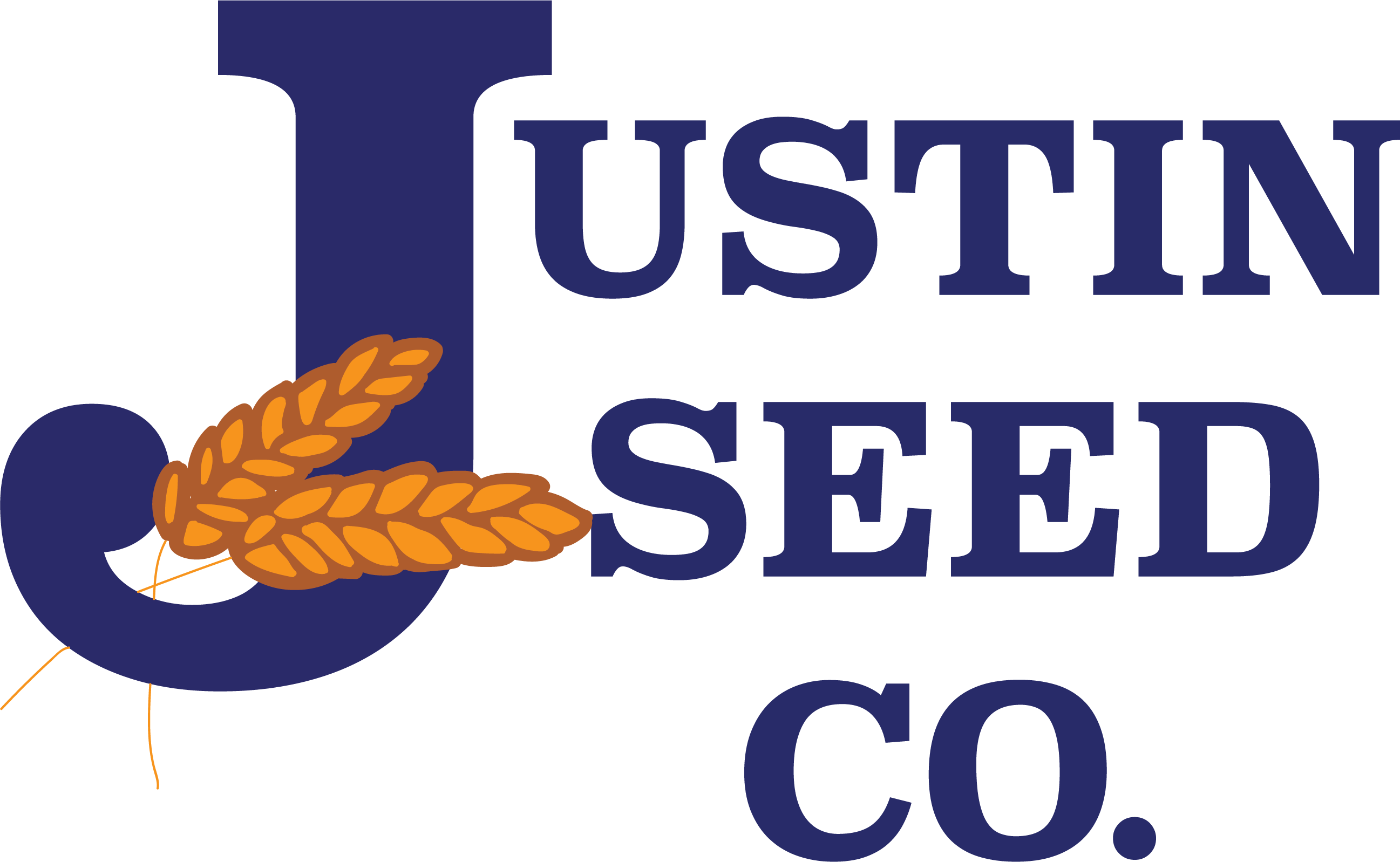
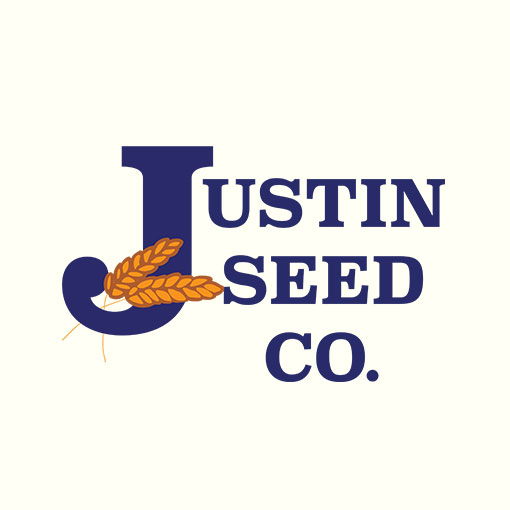
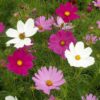
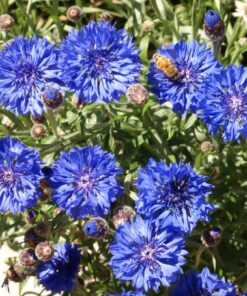
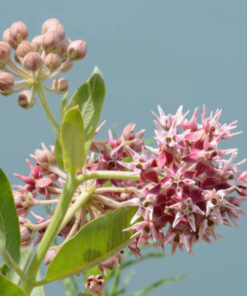
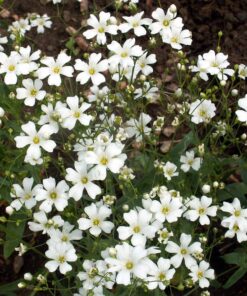
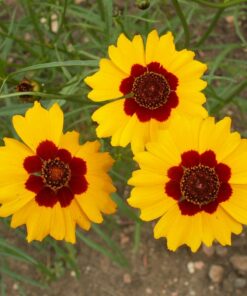
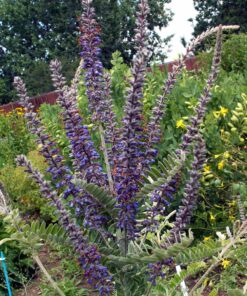
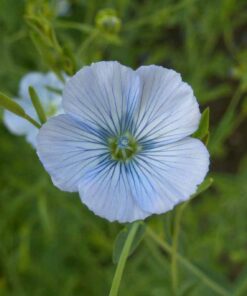
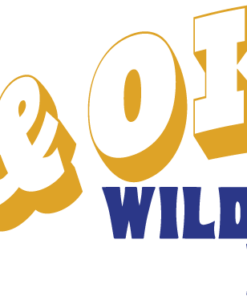
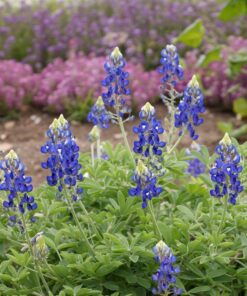
Reviews
There are no reviews yet.